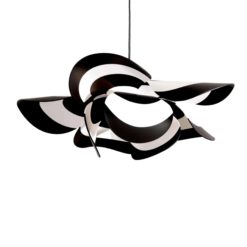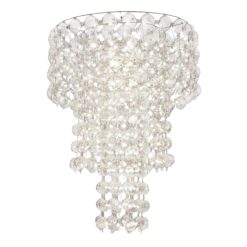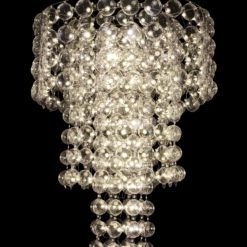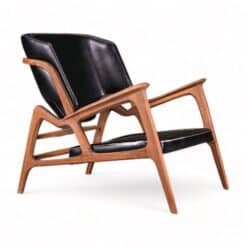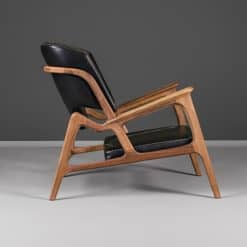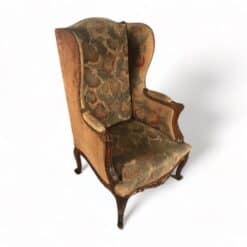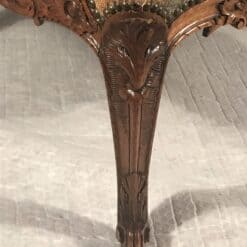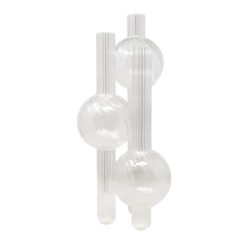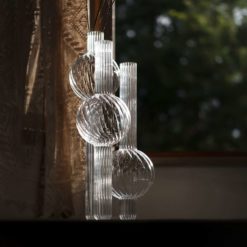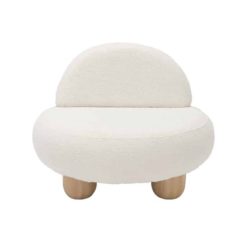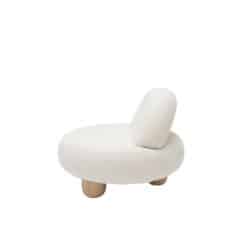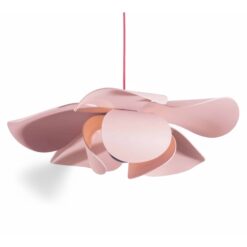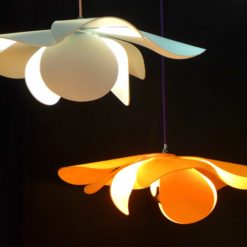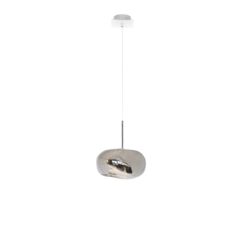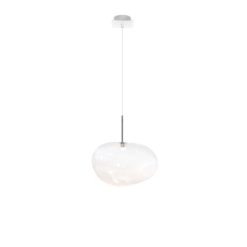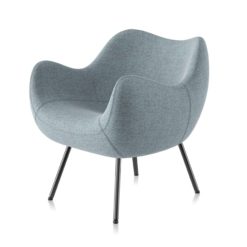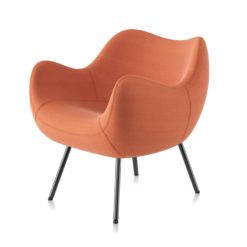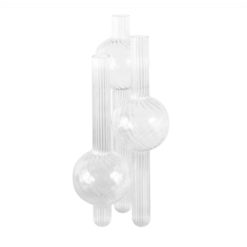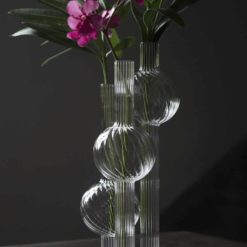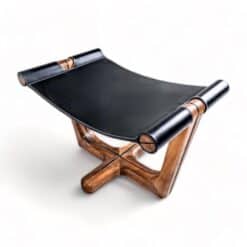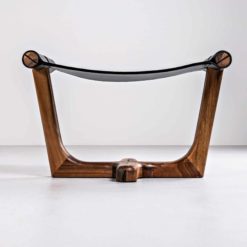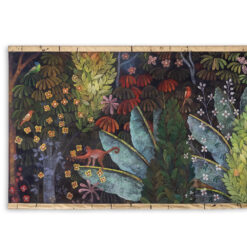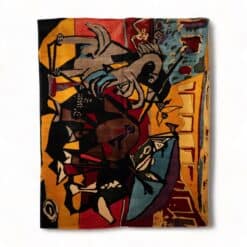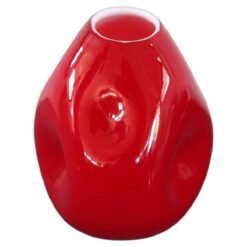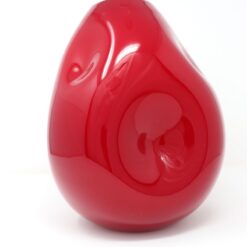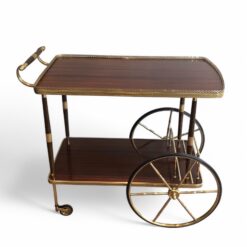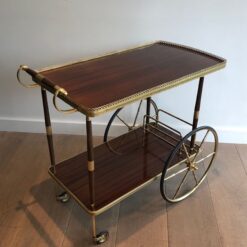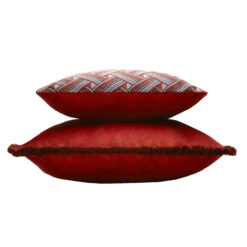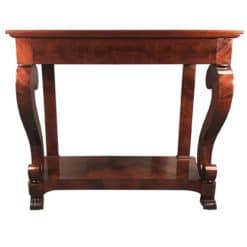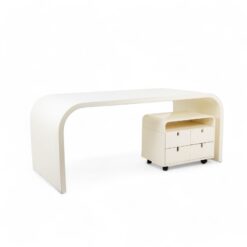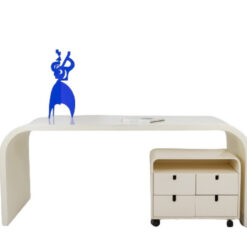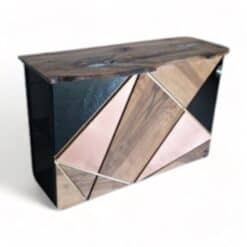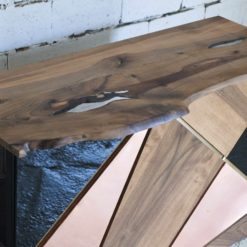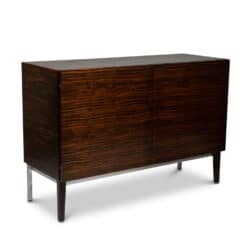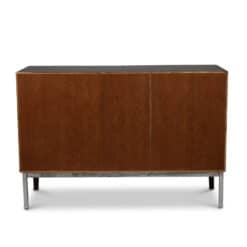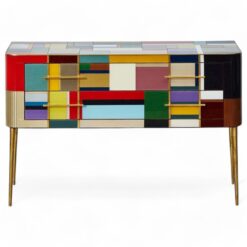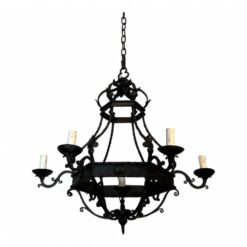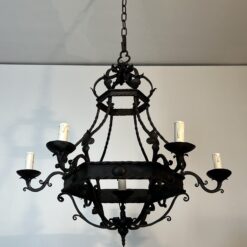Best Sellers
How-To & Inspiration
Designing the Twenties: A Closer Look at Art Deco Decoration
From the luxuriant pages of The Great Gatsby to the enduring splendor of Rockefeller Plaza in New York, Art Deco Decoration has long caught the eye of tastemakers and dreamers. It carries with it a certain magic, capturing the past modernity of another century and the opulence of urban refinement.
Here at Styylish, we specialize in using artisan antiques to weave historical styles into the interior decorating of modern living spaces. Art Deco is one of our favorite design periods, particularly because the Art Deco pieces available in our store are some of our favorite.
We covered the history and legacy of Art Deco in a blog post last month. In today’s post, we want to go a step further: to look at the decorative features that define Art Deco in order to better understand how we can transform everyday living spaces into ones espousing Art Deco flair.
Art Deco Shapes: Vertical Geometry
The defining features of Art Deco Decoration are the shapes that line individual pieces or accent rooms.
Geometry is at the heart of Art Deco: triangles, trapezoids, and ovals are abundant in Art Deco, often stacked or combined to create a sensation of height. Indeed, art deco decoration is intrinsically linked to art deco architecture.
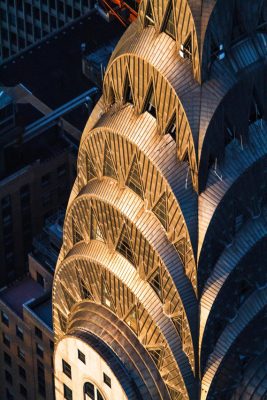
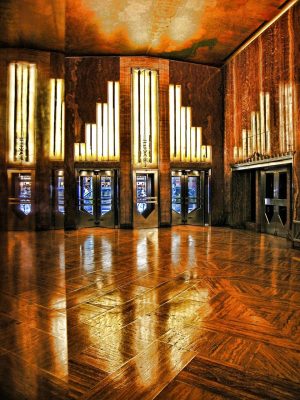
Think of the Chrysler Building in New York. Its recognizable peak is composed of stacked geometric shapes. Proud triangles curve around the billowing metal like the prongs of a crown. The lobby of the building is lined with similar patterns, all oriented vertically, driving the eye upwards.
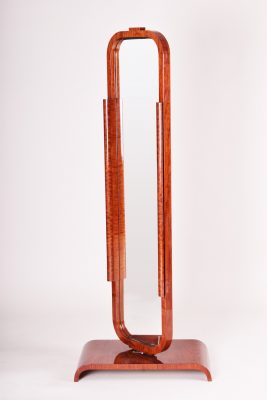
How can we translate those ideas into regular living spaces? By emphasizing verticality and playfully integrating geometry. A tall mirror, like this stunning Art Deco mirror available now on Styylish, is both elegant and illuminating. Wallpapers or wall hangings with geometric patterns can elevate an entire space.
Art Deco Shapes: Swirling Whimsy
While the recurring geometry in Art Deco embraces the industrial, machine-made futurism of the early 20thcentury, the style also includes remnants of Art Nouveau shapes and the decorative arts. Art Nouveau, as discussed in our previous blog posts, emphasized whimsical, joyful craftsmanship through swirls, curves, and detailed decoration.
Many interiors in the Art Deco period featured swirling staircases and playful curves. The combination of hard geometric edges and dream-like whirls is no doubt what later inspired such fascination about the period.

Adding Art Deco flourishes to our interiors does not require a complete overhaul, however. An artisan piece like this stately, extendable Art Deco table could replace a common dining room table and transform a drab space into a site of splendor. Note the playfully twirled legs in combination with the imposing rectangular slab. It is a wonderful exemplar of Art Deco Decoration.
Material Refinement
The incorporation of exclusive, luxurious materials is essential to Art Deco Decoration. Designers from the period wanted to refine their simple, imposing geometry with finer luxuries, to suggest opulence without appearing overbearing. They certainly wanted to avoid the garish luxuries of the royal palaces of 18th and 19thcentury Europe.
Partially because of the improvement of industrial processes, luxurious materials could be refined in the early 20th century like never before. Veins and plates of gold streak through the walls in the lobby of the Rockefeller Building while ivory and rare jewels almost blend into the unassuming wood furniture of French Art Deco craftsmen.
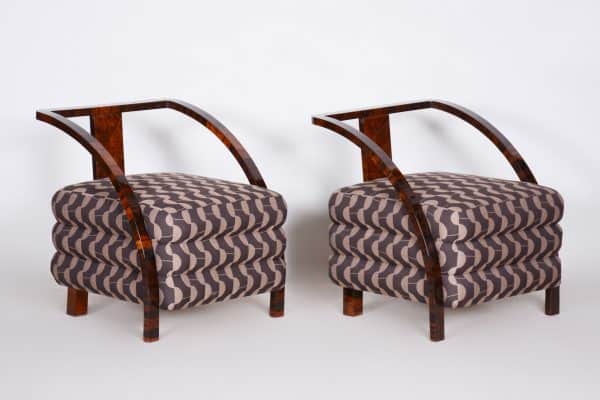
Metals and stones were not the only materials of note. Cloth and silk upholstery with geometric patterns frequently line Art Deco chairs, for instance. Consider this incredibly beautiful pair of Czech armchairs, available now on Styylish, sure to be the center of attention in any living room.
Thankfully, we do not have to plate our walls with gold to simulate Art Deco refinement in our own homes. Even cloth upholstery with simple geometric shapes can dignify a space.
Colors and Contrast
A less frequently emphasized hallmark of Art Deco Decoration is the juxtaposition of contrasting colors. The pre-eminent Art Deco furniture makers in France often combined starkly colored shades of wood with materials of opposite appearance.
The work of Émile-Jacques Ruhlmann, which we discussed briefly in our last Art Deco blog post, centers the juxtaposition of dark ebony wood and white ivory features. Indeed, Art Deco interiors frequently combine black wood or stone paneling with much lighter shades.
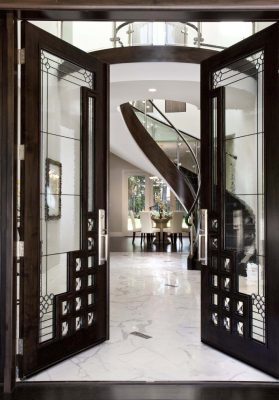
The effect of this contrast is one of visual drama: no wonder so many theatres drew heavily on Art Deco in designing their spaces. Composing an interior around contrasting shades is an elegant thrill: consider darker furniture or decorations in rooms with lots of natural light to highlight bold color and simulate an Art Deco feel.
Play Around!
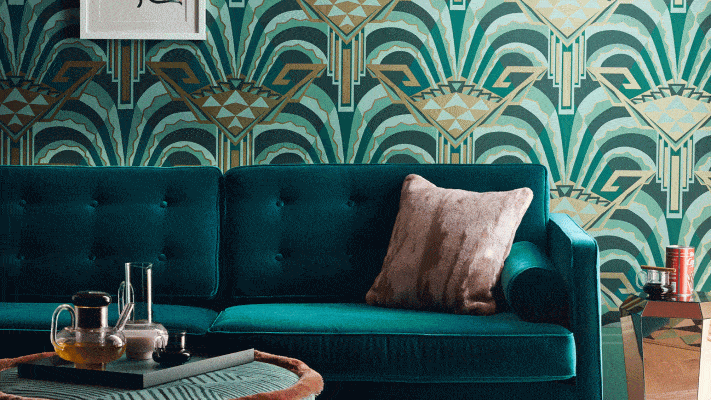
Don’t be intimidated by Art Deco Decoration. There are many ways to incorporate the shapes, colors, and materials of the period into your room without completely overhauling it. For instance, an individual piece of furniture or decor can often change the entire flow of a space.
Here at Styylish, we want to encourage you to experiment with small changes to an individual design element. Replacing a single table or chair, or incorporating a new mirror or centerpiece can make your entire home feel closer to the mystique of the Roaring Twenties. What better time to think about Art Deco Decoration than now, as our own Roaring 20s are about to begin?

